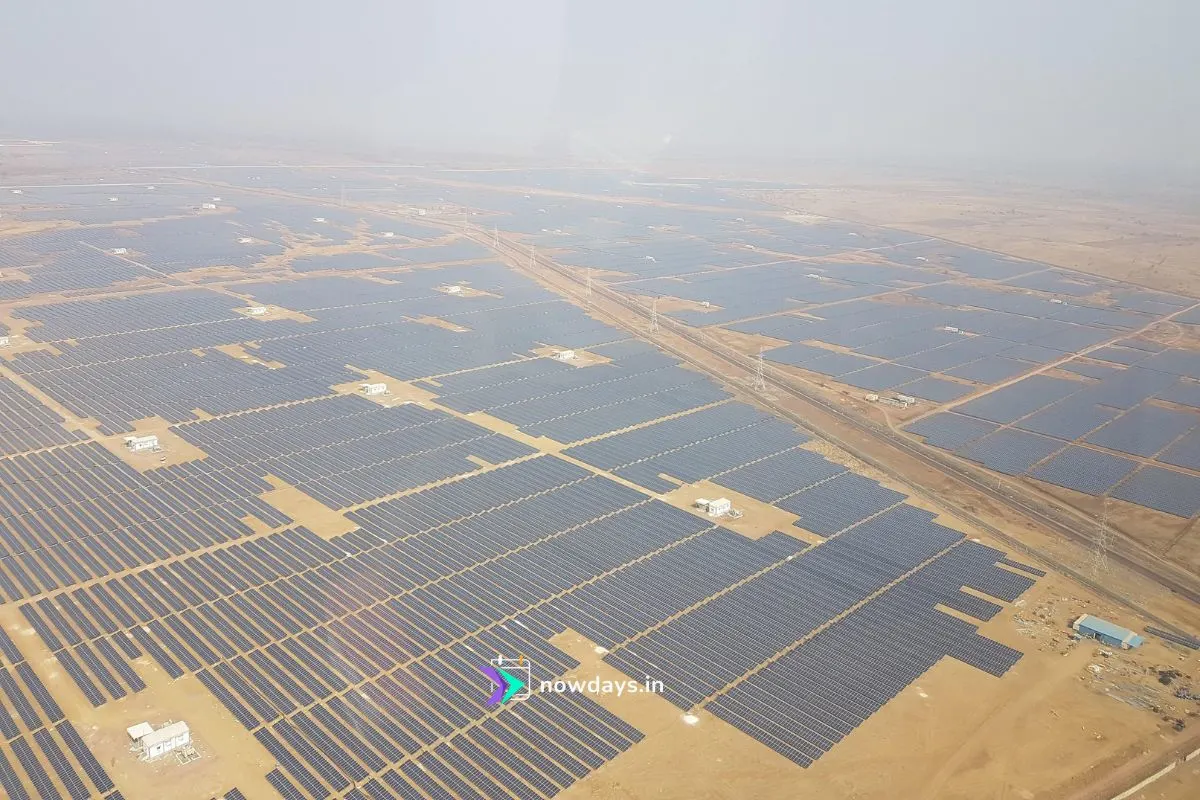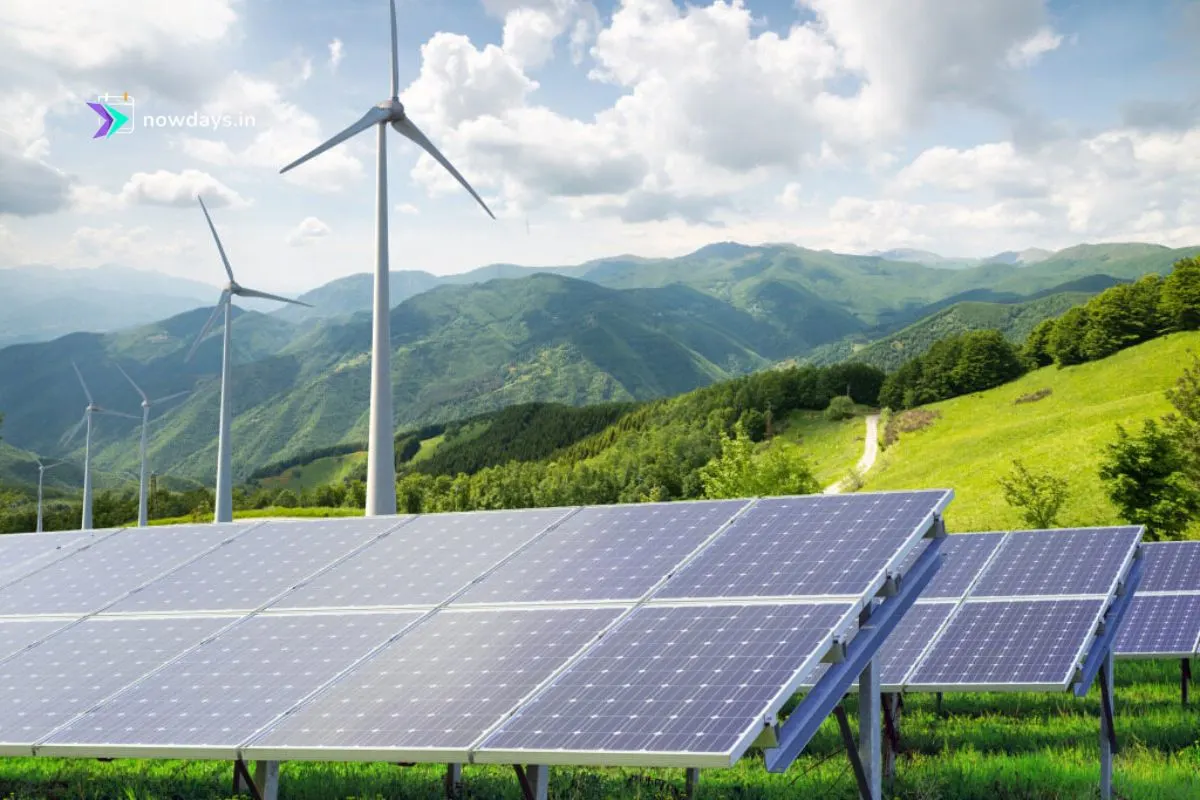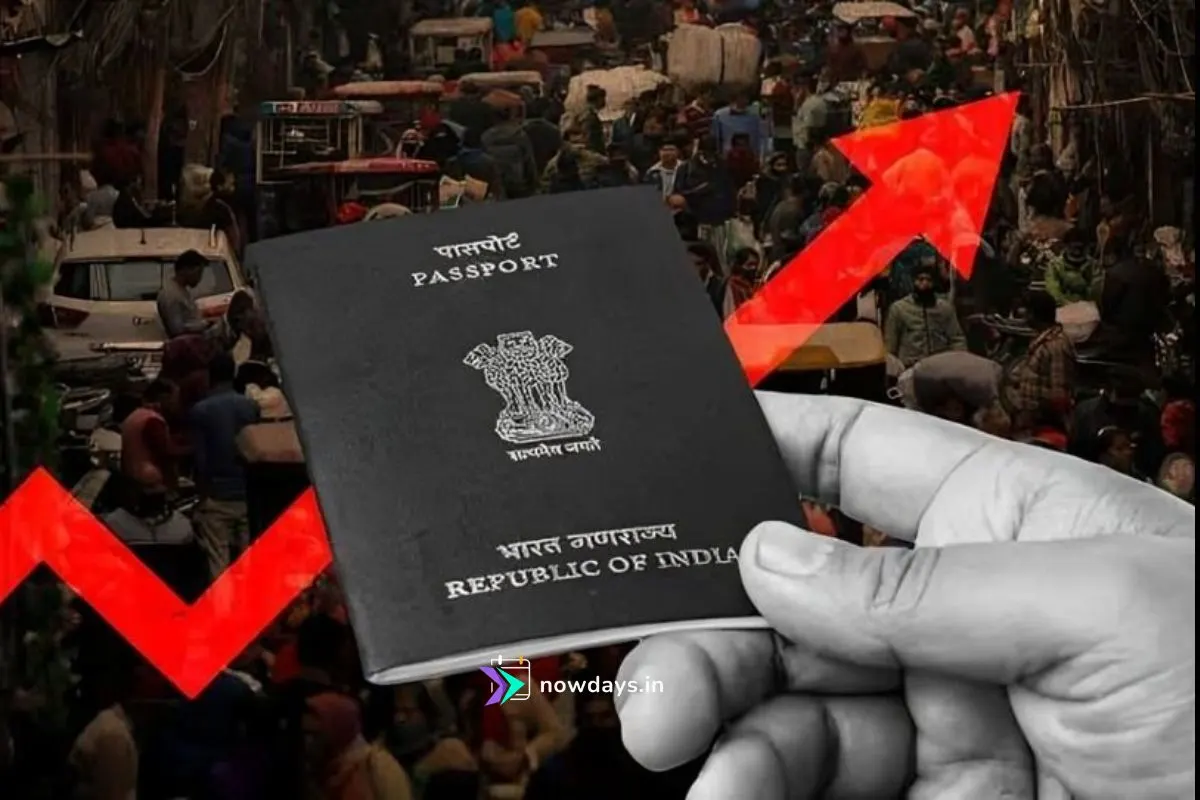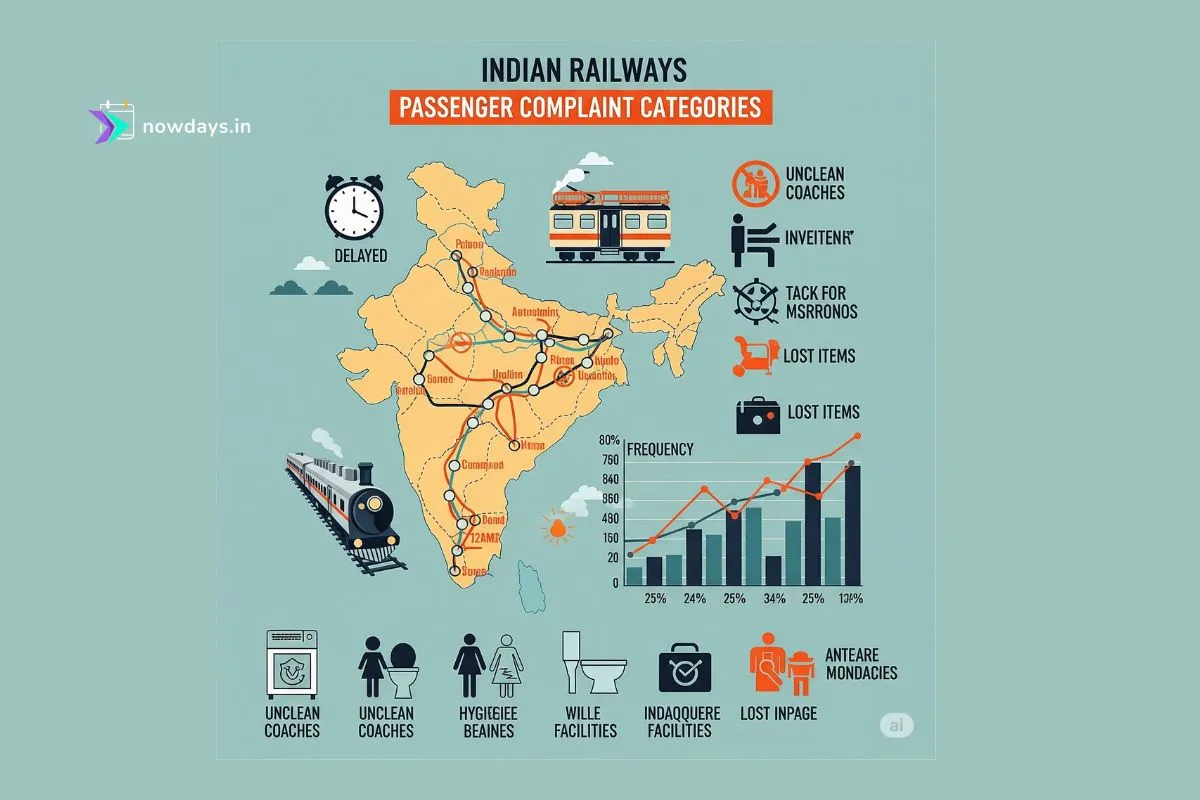India has cemented its position as a global leader in renewable energy, ascending to become the third-largest solar power producer in the world.
Surpassing Japan, this milestone reflects a decade of ambitious policies, massive investment, and a dramatic acceleration in renewable energy adoption, placing India behind only China and the United States in solar capacity.
A Decade of Explosive Growth
India’s journey to the top tier of solar energy has been remarkable. As of June 2025, the country’s installed solar capacity reached 116.24 GW. This represents a monumental leap from just 2.82 GW in 2014, showcasing an unprecedented expansion of its solar infrastructure.
The growth has been particularly rapid in recent years. In 2024 alone, India added a record-breaking 30.7 GW of new solar capacity, a staggering 145% increase from the 12.5 GW installed in 2023. This surge has been a key factor in propelling India up the global rankings.
Key Statistics:
- Total Installed Capacity: 116.24 GW as of June 2025.
- Global Rank: 3rd in Solar Power Capacity.
- Renewable Energy Share: Solar energy constitutes 47% of India’s total installed renewable energy capacity.
- 2024 Installations: A record 24.5 GW of solar capacity was added.
Driving Forces Behind the Solar Revolution
This achievement is not accidental but the result of a concerted push from various government initiatives and favorable economic conditions.

Policy and Government Support
The Indian government has played a pivotal role through ambitious targets and supportive policies. The National Solar Mission, launched in 2010, set the initial stage. This was significantly ramped up in 2015 when Prime Minister Narendra Modi announced a target of 100 GW of solar capacity by 2022, a goal that has now been surpassed.
More recent schemes have accelerated growth in specific areas:
- PM Surya Ghar: Muft Bijli Yojana: This rooftop solar scheme, launched in 2024, has been a game-changer for residential solar adoption, nearing 900,000 installations and empowering households with clean energy. The rooftop solar sector saw a 53% increase in new capacity in 2024, with 4.59 GW installed.
- Solar Parks and Ultra Mega Solar Power Projects: The development of large-scale solar parks, such as the Bhadla Solar Park in Rajasthan, has enabled rapid deployment of utility-scale solar projects.
Economic Viability
A crucial factor has been the falling cost of solar power, which is now the cheapest source of new electricity in India. This cost-effectiveness has made solar energy an attractive investment, drawing in both domestic and international capital.
Domestic Manufacturing
India has also made significant strides in manufacturing solar components. The country’s solar module production capacity surged from just 2 GW in 2014 to 60 GW in 2024, reducing reliance on imports and fostering self-reliance in the green energy sector.
Global Context and National Impact
India’s rise to the third position places it firmly among the global leaders in the energy transition. While China remains the undisputed leader with over 887 GW of installed capacity, and the U.S. follows with 161 GW, India’s rapid growth trajectory is significant.
This solar boom has profound implications for India:
- Energy Security: By reducing dependence on imported fossil fuels, solar power enhances the nation’s energy security.
- Climate Goals: The expansion of solar energy is critical for India to meet its climate commitments, including achieving 500 GW of non-fossil fuel energy capacity by 2030 and reaching carbon neutrality by 2070.
- Economic Growth: The solar sector has become a major source of employment and investment, driving economic growth, particularly in states like Rajasthan and Gujarat, which lead in solar installations.
Leading States and Landmark Projects
The solar energy revolution in India is being led by a few key states. Rajasthan and Gujarat are at the forefront, accounting for a significant portion of the country’s total solar capacity. These states have leveraged their vast, sun-drenched lands to develop some of the world’s largest solar parks. The Bhadla Solar Park in Rajasthan, with a capacity of 2,245 MW, stands as a testament to India’s capability to execute mega-scale renewable energy projects.
The Road Ahead: Challenges and Opportunities
Despite the remarkable progress, the path forward is not without challenges. Key issues that need to be addressed to sustain this momentum include:
- Grid Modernization: Integrating a large and intermittent power source like solar requires a modern, flexible, and robust national grid.
- Energy Storage: To ensure a reliable power supply, especially during non-sunny hours, significant investment in energy storage solutions like batteries is essential.
- Land Acquisition: The development of large-scale solar parks often faces challenges related to land acquisition.
India’s ambitious target is to add another 200 GW of solar capacity within the next five years to meet its 2030 goals. Achieving this will require continued policy support, technological innovation, and massive investment in grid infrastructure and storage.
Conclusion: A Sun-Powered Future
India’s ascent to become the world’s third-largest solar power installer is a landmark achievement that underscores its commitment to a sustainable and self-reliant energy future. By harnessing its abundant solar resources, the nation is not only powering its economic growth but also paving the way for a cleaner, greener planet. The journey is far from over, but the message is clear: India is a formidable force in the global solar landscape, and its sun-powered future looks brighter than ever.








